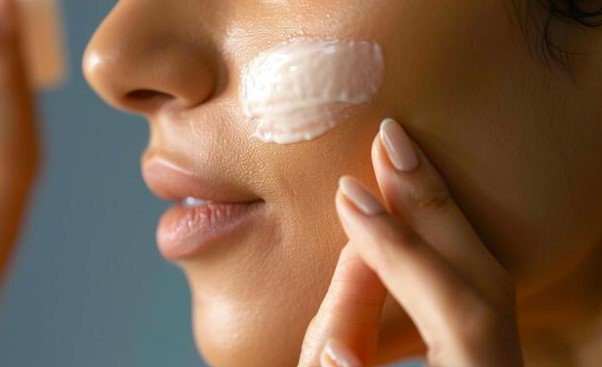Choosing the Right Ingredients in a Drugstore Cleanser for Acne-Prone Skin
Summary
- Choosing the right ingredients in a drugstore cleanser is crucial for acne-prone skin.
- Look for cleansers that contain salicylic acid, benzoyl peroxide, or glycolic acid.
- Avoid harsh ingredients like sulfates and alcohol that can further irritate the skin.
Introduction
Acne is a common skin condition that can affect people of all ages. While there are many factors that contribute to acne, using the right Skincare Products can help manage and prevent breakouts. One essential product in a skincare routine for acne-prone skin is a cleanser. Drugstore cleansers are a convenient and affordable option for many people. But with so many options available, it can be overwhelming to choose the right one. In this article, we will discuss some key ingredients to look for in a drugstore cleanser for acne-prone skin.
Salicylic Acid
Salicylic acid is a common ingredient found in many acne-fighting products, including cleansers. It is a beta hydroxy acid that helps to exfoliate the skin and unclog pores. Salicylic acid is effective at targeting acne-causing bacteria and reducing inflammation. When choosing a drugstore cleanser for acne-prone skin, look for products that contain salicylic acid in concentrations ranging from 0.5% to 2%.
Benzoyl Peroxide
Another key ingredient to look for in a drugstore cleanser for acne-prone skin is benzoyl peroxide. Benzoyl peroxide works by killing acne-causing bacteria on the skin's surface and reducing inflammation. It is also effective at unclogging pores and preventing new breakouts. Benzoyl peroxide is available in varying strengths, typically ranging from 2.5% to 10%. When using a cleanser containing benzoyl peroxide, it is essential to start with a lower concentration to minimize the risk of irritation and dryness.
Glycolic Acid
Glycolic acid is an alpha hydroxy acid that can also be beneficial for acne-prone skin. It helps to exfoliate the skin, unclog pores, and improve skin texture. Glycolic acid is known for its ability to promote cell turnover, which can help prevent acne breakouts and fade post-inflammatory hyperpigmentation. When choosing a drugstore cleanser that contains glycolic acid, opt for products with a concentration of 5% to 10% for best results.
Avoid Harsh Ingredients
While it is essential to look for specific ingredients that target acne, it is equally important to avoid harsh ingredients that can further irritate the skin. When choosing a drugstore cleanser for acne-prone skin, steer clear of products that contain:
Sulfates
- Sulfates are harsh surfactants that can strip the skin of its natural oils and disrupt its moisture barrier.
- They can cause dryness, irritation, and inflammation, making acne worse in the long run.
Alcohol
- Alcohol is a common ingredient in many Skincare Products, including cleansers.
- It can be drying and irritating to the skin, exacerbating acne symptoms.
Conclusion
Choosing the right ingredients in a drugstore cleanser is crucial for managing acne-prone skin. Look for cleansers that contain salicylic acid, benzoyl peroxide, or glycolic acid to target acne-causing bacteria, unclog pores, and improve skin texture. Avoid harsh ingredients like sulfates and alcohol that can further irritate the skin and exacerbate acne symptoms. By selecting the right cleanser for your skin type and concerns, you can effectively treat and prevent breakouts, leading to clearer, healthier skin.

Disclaimer: The content provided on this blog is for informational purposes only, reflecting the personal opinions and insights of the author(s) on the topics. The information provided should not be used for diagnosing or treating a health problem or disease, and those seeking personal medical advice should consult with a licensed physician. Always seek the advice of your doctor or other qualified health provider regarding a medical condition. Never disregard professional medical advice or delay in seeking it because of something you have read on this website. If you think you may have a medical emergency, call 911 or go to the nearest emergency room immediately. No physician-patient relationship is created by this web site or its use. No contributors to this web site make any representations, express or implied, with respect to the information provided herein or to its use. While we strive to share accurate and up-to-date information, we cannot guarantee the completeness, reliability, or accuracy of the content. The blog may also include links to external websites and resources for the convenience of our readers. Please note that linking to other sites does not imply endorsement of their content, practices, or services by us. Readers should use their discretion and judgment while exploring any external links and resources mentioned on this blog. Content in this blog is copyright protected, please do not repost or embed content without prior written permission.